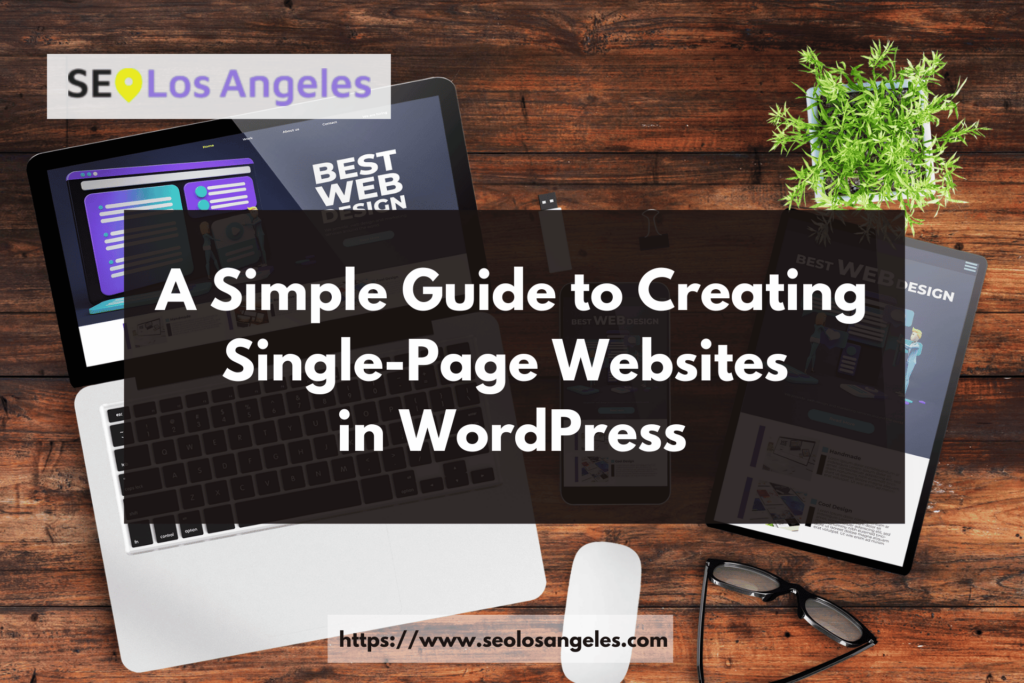As a small business owner, you know that having a well-designed website is essential for success. But what if you don’t have the budget or the time to create a full website with multiple pages? Well, with the help of WordPress, you can create an effective single-page website quickly and easily. Let’s take a look at how to create single-page websites in WordPress.
Step 1: Install Theme & Plugins
The first step is to install your theme and any plugins that you need. This includes installing a page builder plugin such as Elementor or Beaver Builder as well as any other plugins that are necessary for your site’s functionality. The great thing about WordPress is that there are plenty of free themes and plugins available so you don’t have to spend a lot of money on these items.
Step 2: Design Your Page Layout
Now it’s time to decide how you want your page to be laid out. You can use the page builder plugin to drag and drop elements onto your pages such as images, text boxes, videos, and more. Play around with different layouts until you find one that works for your website. Make sure each element has its own unique purpose so it doesn’t appear cluttered or overwhelming for visitors.
Step 3: Add Content & Set Up Navigation
Once you have settled on a layout, it’s time to add content! This includes adding copy, images, videos, etc., that will make up the bulk of your page. You also need to set up the navigation so visitors can easily find their way around your site. For single-page websites, this typically involves creating anchors within the page itself so visitors can jump from section to section with ease. You may also want to add social media buttons and contact forms if those are important elements for your business site.
Step 4: Publish & Test Your Site
Once all of the content is added and everything appears just right, it’s time to hit publish! After publishing your site, make sure all links work properly and test out various browsers just in case there are any issues with compatibility issues between them. It’s also important to regularly monitor your website for dead links or outdated content so visitors always have access to current information about your business and the products/services offered.
Conclusion
Building single-page websites in WordPress doesn’t have to be difficult or expensive—all it takes is some planning and creativity! With this guide in hand (and maybe some help from online tutorials), you should now be able to create an attractive single-page site that looks professional without breaking the bank or taking up too much of your valuable time. Good luck!
